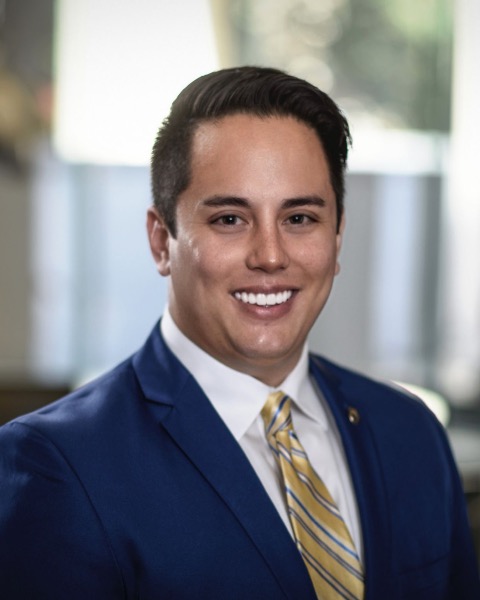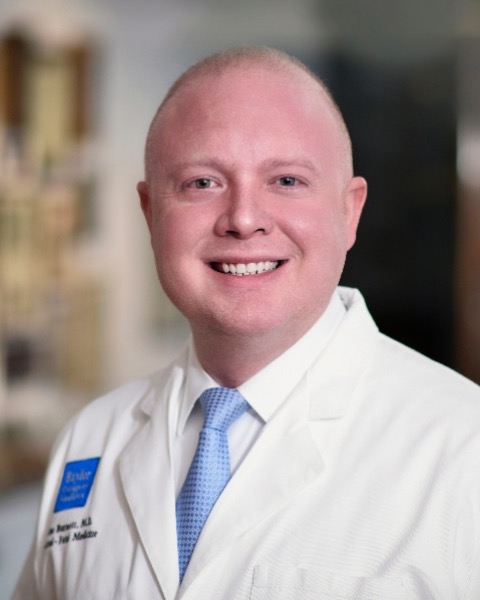Poster Session 2
(613) Cerebrospinal fluid analysis in fetuses with myelomeningocele

Romain Corroenne, MD, PhD
Baylor College of Medicine
Houston, TX, United States
Enrico R. Barrozo, PhD
Assistant Professor
Baylor College of Medicine and Texas Children’s Hospital
Houston, Texas, United States
Roopali V. Donepudi, MD
Associate Professor
Texas Children’s Hospital and Baylor College of Medicine
Houston, Texas, United States
Ahmed A. Nassr, MD, PhD
Associate Professor
Texas Children’s Hospital and Baylor College of Medicine
Houston, Texas, United States
Brian Burnett, MD
Baylor College of Medicine
Houston, Texas, United States
Rebecca M. Johnson, MS, CCRP
Assistant Professor
Baylor College of Medicine
Houston, TX, United States- WW
William E Whitehead, MD
Baylor College of Medicine and Texas Children’s Hospital
Houston, Texas, United States 
Michael A. Belfort, MD, PhD (he/him/his)
Professor, Chairman
Texas Children’s Hospital and Baylor College of Medicine
Houston, TX, United States
Magdalena Sanz Cortes, MD, PhD (she/her/hers)
Associate Professor
Texas Children’s Hospital and Baylor College of Medicine
Houston, Texas, United States
Submitting Author and Presenting Author(s)
Coauthor(s)
Fetuses with myelomeningocele (MMC) often present with ventriculomegaly (VMG). If severe, the pressure exerted on the brain parenchyma may potentially cause axonal demyelination and lead to neurological deficits. Previously, using flow cytometry, we observed heterogeneity in cellular populations in fetal cerebrospinal fluid (CSF) obtained immediately prior to beginning fetal surgery. We hypothesized that differences in proportional microglia and neuronal progenitor cells in fetal CSF correlate with neurological deficits observed in children with MMC and may reflect the degree of brain tissue injury.
Study Design:
Retrospective study of CSF from 9 fetuses who underwent a laparotomy-assisted fetoscopic MMC repair. Before surgery, fetal MRI and ultrasound scans were performed. Ventricular atrial width measurements, anatomical level of the lesion, and presence/absence of clubfeet were recorded. At birth, motor function was evaluated. Fetal CSF was collected from the MMC sac immediately prior to starting the fetoscopic MMC repair and subjected to single-cell RNA-sequencing (scRNA-seq; n=9, 25.1[23.7-25.9] weeks gestation) to quantify proportional cell counts. Proportions of cellular populations were compared between cases with different neurological characteristics and outcomes.
Results:
A total of 18 distinct CSF cellular subpopulations were identified (Figures 1A, 1B). Significantly fewer macrophages were found in the CSF from fetuses with VMG compared to those with no VMG (Figure 1, C). Cases with an anatomical lesion higher than L2 had fewer immature neurons as compared to those where the lesion was < L2 (Figure 1, D). When club foot was present at the time of the surgery there were more trophoblast-like cells than in those without club foot. Infants with impaired MF at birth, and those with club foot, showed significantly less proportional microglia cells than their counterparts (Figure 2).
Conclusion: In fetuses with MMC there are changes in the CSF cellular footprint that can be observed at midgestation and which may be associated with specific neurologic findings present at birth.

